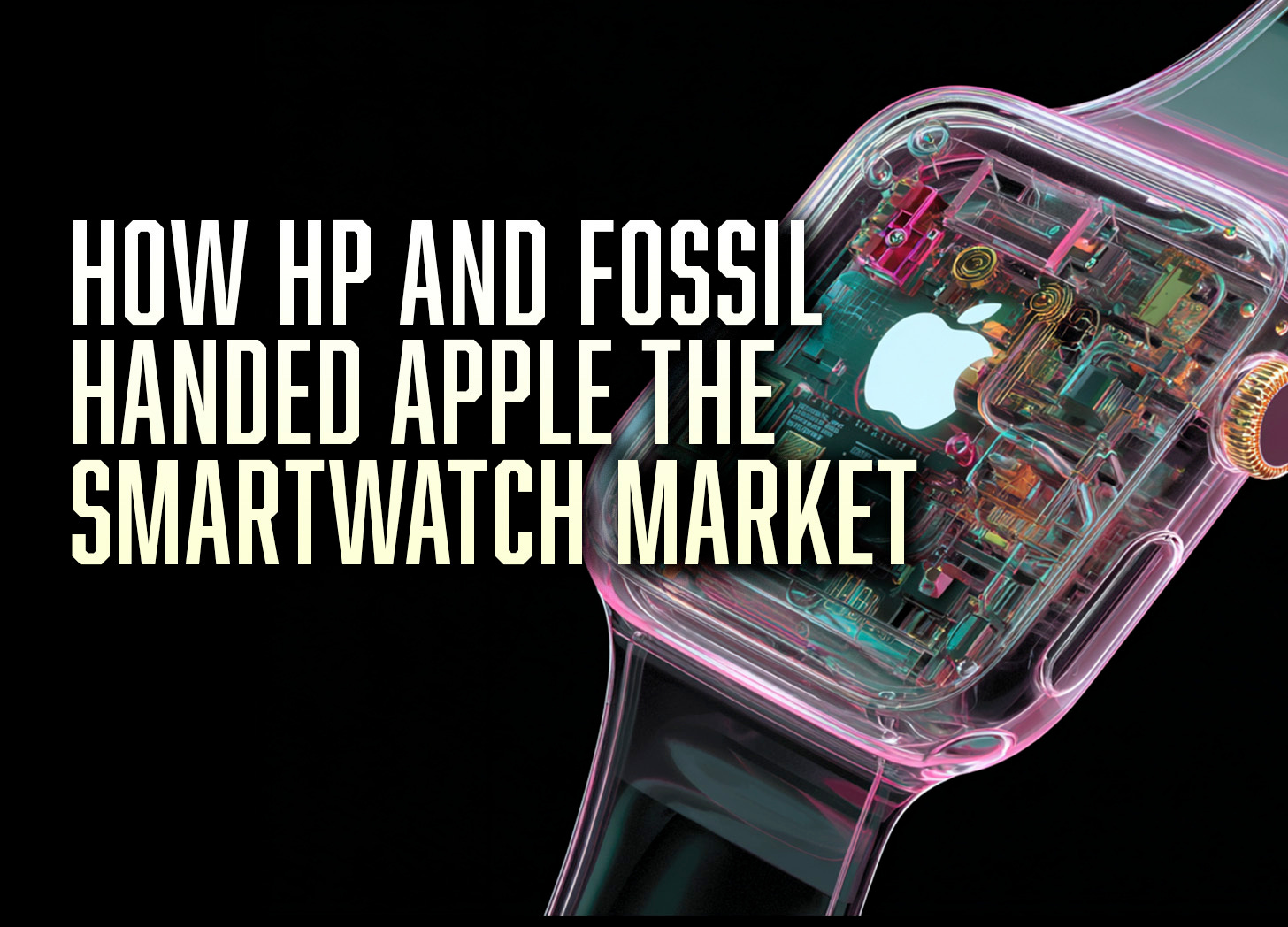How HP and Fossil Handed Apple the Smartwatch Market
The inside story of vision without execution: why being right about the future means nothing without the courage to act on breakthrough insights
I was reading the news on my laptop, still recovering from medical leave, when I saw the headline: "HP Discontinues WebOS Devices." My stomach dropped. In that instant, I knew we'd just killed not only Palm but every partnership that depended on our mobile ecosystem—including the MetaWatch project that Bill Geiser from Fossil and I had spent two years b…
Keep reading with a 7-day free trial
Subscribe to Phil McKinney's Studio Notes: Innovation Decisions to keep reading this post and get 7 days of free access to the full post archives.



